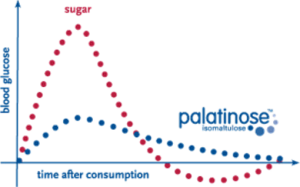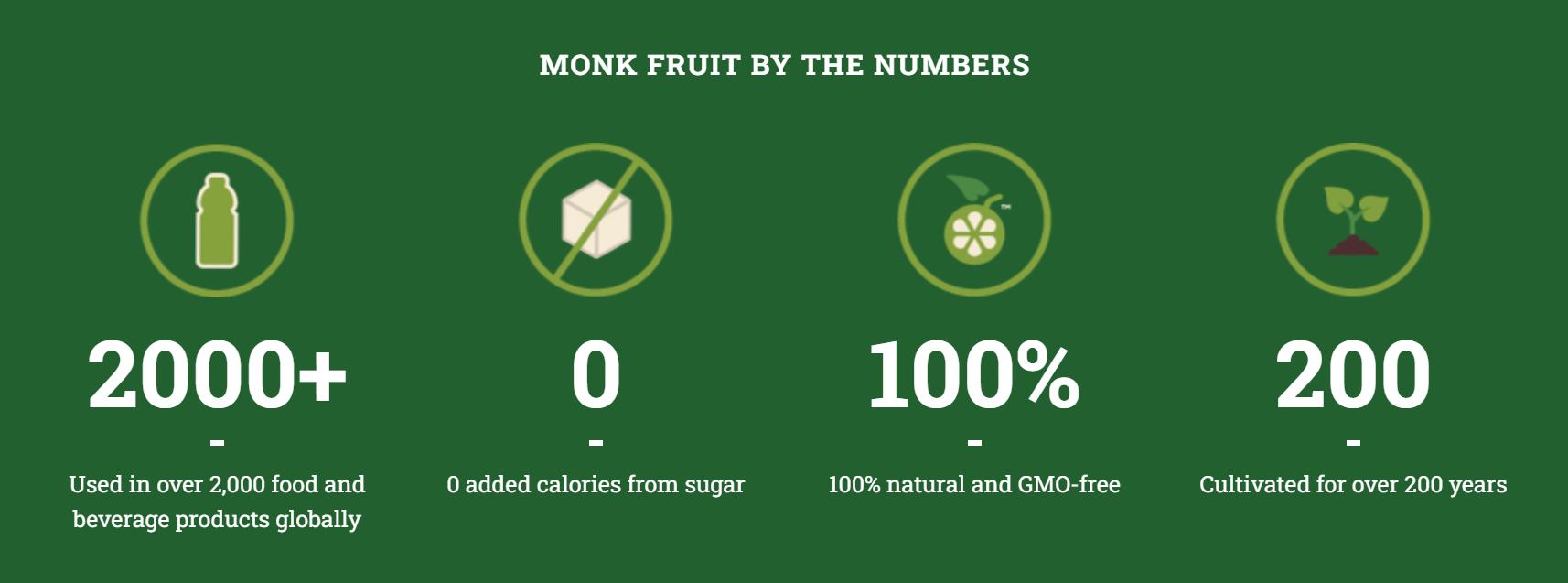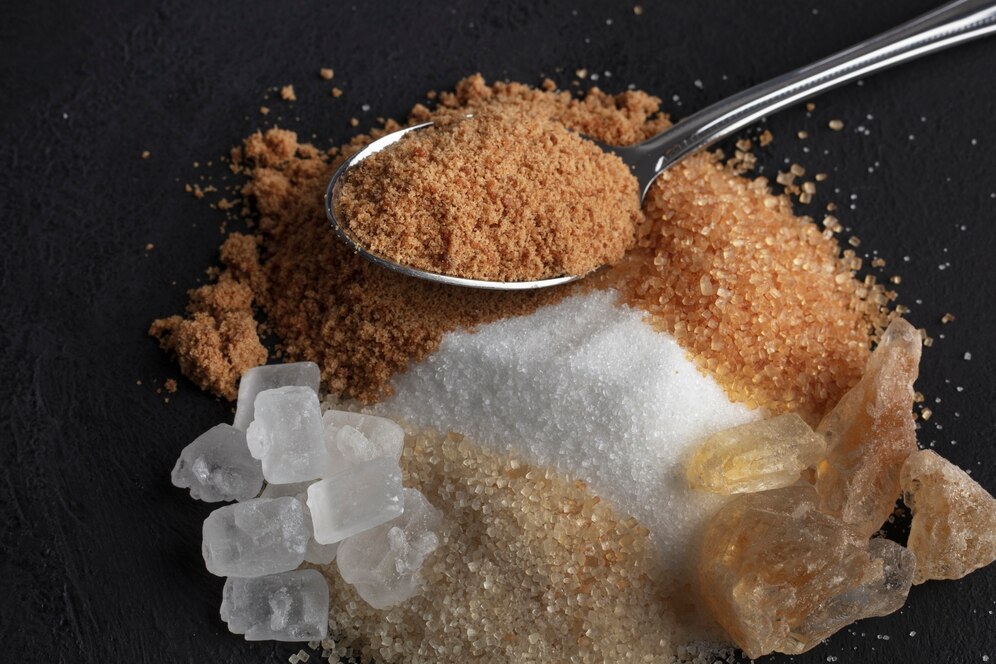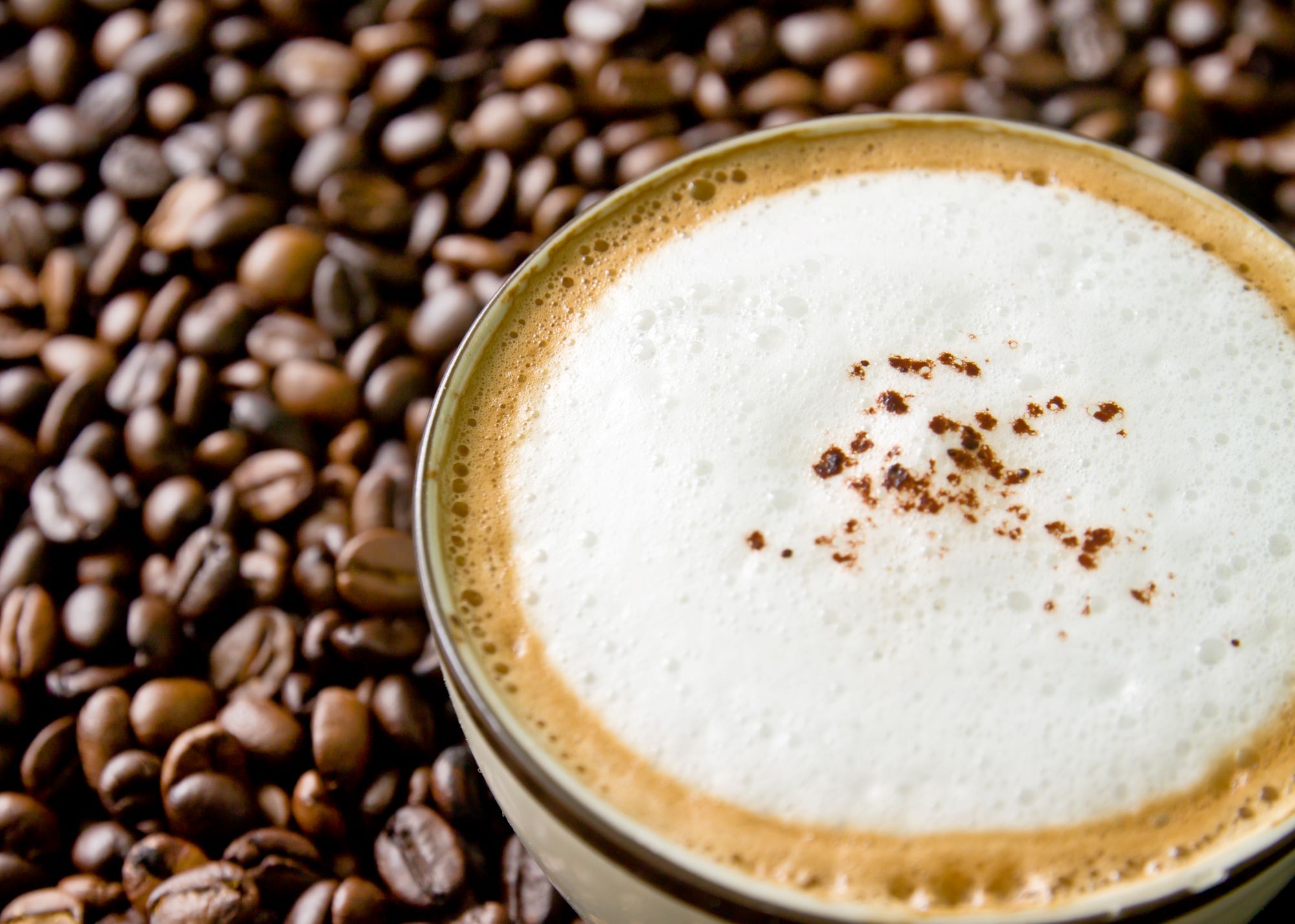For individuals managing diabetes, selecting foods that do not cause rapid blood sugar spikes is crucial. Low-glycaemic sugar substitutes offer a promising solution, providing the sweetness consumers crave without the blood glucose impact associated with traditional sugars.
Among the most effective and natural low-GI sugar substitutes are isomaltulose, stevia, and monk fruit extract. This article explores these three alternatives, their origins, benefits, and how they’re reshaping food and beverage products to meet health-conscious consumer needs.
1. Isomaltulose: A Steady Source of Sweetness and Energy
What is Isomaltulose?
Isomaltulose, known commercially as Palatinose™, is a carbohydrate derived from sugar beets¹. Unlike regular sugar, isomaltulose is digested slowly, offering a gentle, sustained release of glucose without causing sudden spikes in blood sugar.
Why Choose Isomaltulose for Diabetic-Friendly Products?
Isomaltulose has a low glycaemic index (GI) of 32, which means it delivers long-lasting energy without affecting blood sugar levels². This quality makes it especially valuable for people with diabetes who are seeking steady blood sugar control while still enjoying a mild, pleasant sweetness. The GI rating also makes it an ideal choice for athletes or anyone needing sustained energy.

Applications in Food and Beverage
Its gentle sweetness and low GI make isomaltulose perfect for energy drinks, snack bars, and even dairy products. It allows manufacturers to meet consumer demand for low-GI products that support both physical and mental performance¹.
2. Stevia: A Zero-Calorie Sweetener from Nature
What is Stevia?
Stevia comes from the Stevia rebaudiana plant and has become a popular alternative to sugar. With a GI of zero and no calories, stevia doesn’t raise blood sugar levels³. High-purity stevia extracts, such as Almendra’s Steviose 100, provide clean, sweet flavour without bitterness, a quality that appeals to consumers looking for a natural, great-tasting option³.
How Stevia Benefits Diabetic and Diet-Friendly Foods
Stevia’s main compounds, steviol glycosides, are 200-300 times sweeter than sucrose, so just a small amount can deliver the sweetness needed⁴. Steviol glycosides do not undergo digestion by the digestives enzyme or gastric juice of the gastrointestinal system but is degraded by bacterial intestinal flora. Because it’s not metabolized like sugar, the impact contributed by steviol glycosides on blood sugar levels is negligible5. Because it doesn’t impact blood sugar, stevia is an excellent choice for diabetic-friendly products and for anyone seeking to cut calories without giving up the taste of sweetness.
Ideal Food and Beverage Applications
Thanks to its intense sweetness and zero-calorie profile, stevia is a versatile choice for a variety of products, from diet drinks to sugar-free baked goods. It’s also widely used in low-calorie snacks and sweets³, appealing to consumers who prioritize both health and flavour.
3. Monk Fruit Extract: The Sweetness of Nature with Zero GI
What is Monk Fruit Extract?
Monk fruit, also called Siraitia grosvenorii, originates from Southeast Asia. Monk fruit extract, derived from mogrosides within the fruit, offers an intense sweetness that is up to 200 times sweeter than sugar6.

Why Monk Fruit Extract is Ideal for Diabetics
Like stevia, monk fruit extract has a GI of zero, meaning it doesn’t affect blood sugar levels7. This makes it perfect for people with diabetes and those on low-sugar diets. The fact that it’s a natural source also appeals to consumers who are conscious of artificial additives.
Best Uses for Monk Fruit in Products
Monk fruit’s clean, natural sweetness makes it an excellent choice for beverages, sauces, and desserts. Because it replicates sugar’s taste without the calories, it’s increasingly popular with food manufacturers looking to meet the demand for low-calorie, sugar-free options⁵.
What Does This Mean for the Food Industry?
Low-glycaemic sweeteners like isomaltulose, stevia, and monk fruit are gaining traction among both diabetic consumers and a broader health-conscious audience. By incorporating these alternatives, food manufacturers can craft products that support stable blood sugar levels, all while delivering the sweetness consumers enjoy. This shift allows brands to meet the demand for healthier sugar substitutes without sacrificing taste8.

For the F&B industry, these low-GI options unlock fresh opportunities for innovation. Brands can now develop a variety of low-sugar, diabetic-friendly products—think drinks, snacks, and desserts—that cater to a wider range of dietary needs.
In a market increasingly focused on wellness, low-glycaemic sweeteners offer the food industry a practical, attractive solution. They help create products that align with consumers’ health goals without compromising on flavour or satisfaction.
At DPO International, we work with global leaders like BENEO, Almendra, and The Monk Fruit Corp. to provide innovative, functional ingredients—including natural, low-GI sweeteners and sugar substitutes—to food manufacturers across Asia. We go beyond ingredient supply, supporting manufacturers from concept to market with competitive analysis, formulation refinement, regulatory guidance, and marketing strategies.
For comprehensive food manufacturing solutions, reach out at [email protected] .








